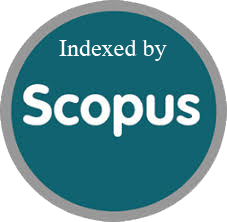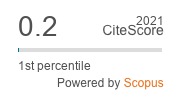Prediction of Non-Catalytic Esterification of Free Fatty Acids Comprising Karanja Oil Using Ann
DOI:
https://doi.org/10.17762/msea.v72i1.2019Abstract
The present study aims to design an Artificial Neural Network (ANN) to estimate the mole fractions resulting from the non-catalytic esterification process of Free Fatty Acids (FFA) that compose Karanja oil. The ANN was designed in the MATLAB program based on 100 pairs of data samples generated by a simulation validated in the free software DWSIM. Through a sensitivity analysis, it was determined that the inputs of the ANN were: the water mole fraction of stream 1C (1C-Xa), the oleic acid mole fraction of stream 3C (3C-Xo), the percentage conversion of the chemical reaction (%C), and the pressure drop in the reactor (-p). The methyl oleate mole fraction (9C-XM-O), methanol mole fraction (9C-Xm), triolein mole fraction (9C-XOOO), and trilinolein mole fraction (9C-XLLLL) from the liquid stream are established as outputs of the ANN. The mole fraction of methanol (10C- Xm) and the mole fraction of water (10C- Xa) from the gaseous stream. The ANN was trained and validated with a Bayesian regularization algorithm (30 hidden neurons) from which a mean squared error (MSE) = 0.00000411 and a total regression coefficient (R) of 0.99 were found. With these results and through the application of an ANOVA-type statistical analysis, it was determined with 95% reliability that the ANN has a good predictive capacity, which can be applied in the prediction of free fatty acids in the production of second-generation biodiesel (FAME).




